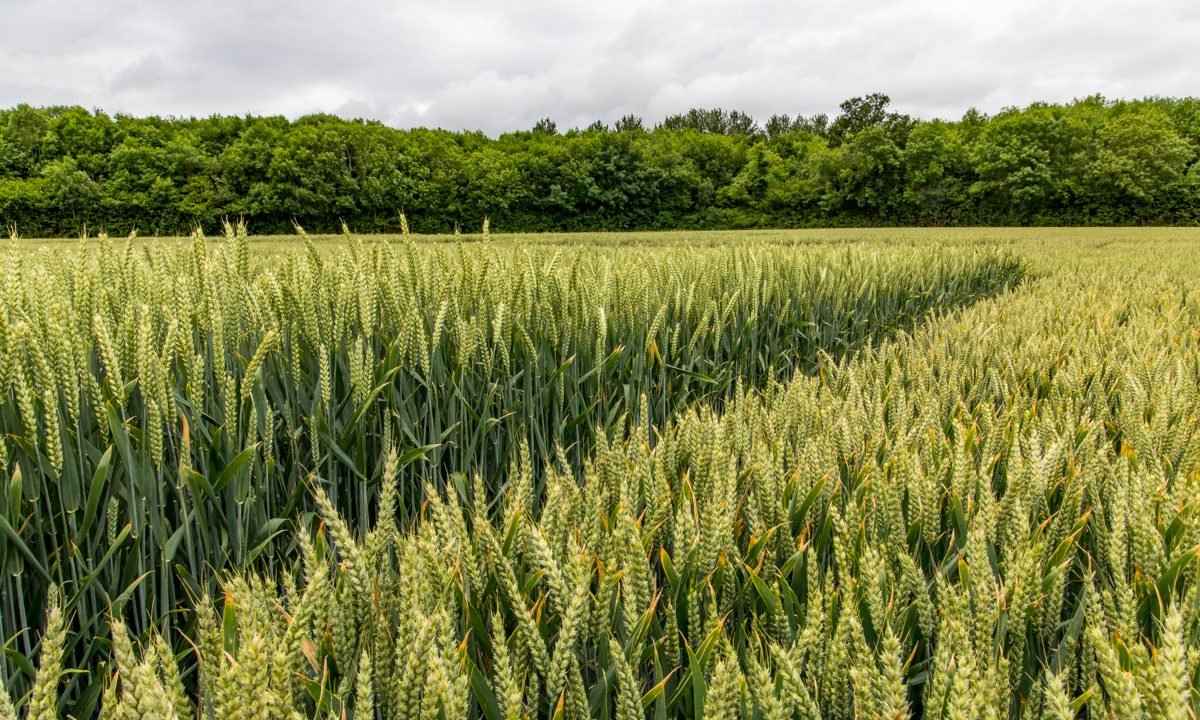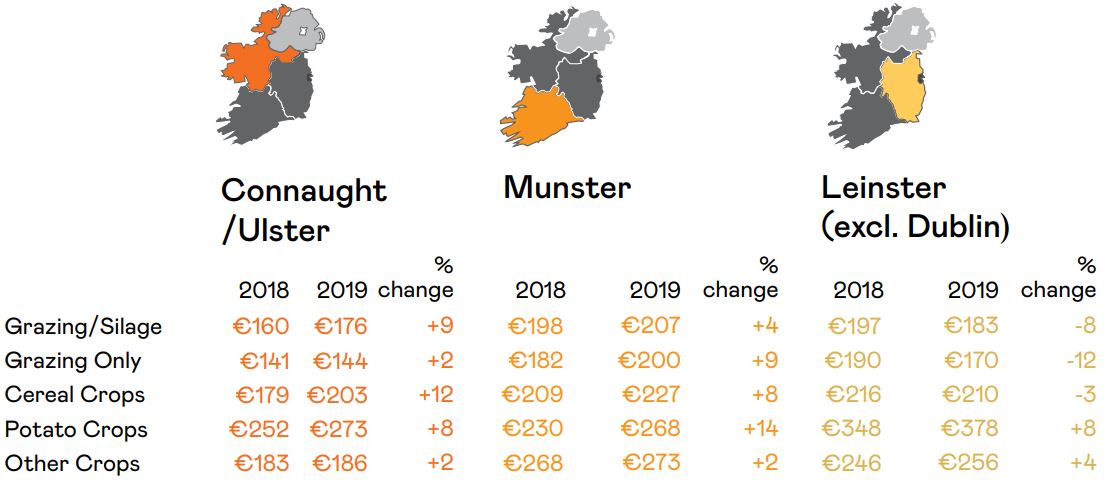As part of the Agricultural Land Market Review and Outlook Report 2020, released by the Society of Chartered Surveyors Ireland (SCSI), agents were asked for the average rent per acre of land for different land uses.
For grazing, respondents were asked for the average rent per acre of land for different land uses.
So, what was the average rent per acre of land in each of the provinces?
‘Fluctuated widely’
For grazing and the main cereal crops, rents were highest in Munster, followed by Leinster with rent prices lowest in Connaught/Ulster, according to the report.
In Leinster, the per-acre rent varied between €170 for grazing and €378 for potatoes. This followed a similar pattern in Munster and Connaught/Ulster where rents were highest for potato crops and lowest for grazing.
Like sales prices, rents also “fluctuated widely” during 2019.
The report further stated that there were increased rents for potato, root crops / maize and pulses in all regions of the country. However, while grazing, silage and meadowing, and cereal crop land increased in Munster and Connaught/Ulster, they declined significantly in Leinster, falling back to 2016 levels.
“Land changes hands very rarely: I think the average piece of land is sold in Ireland every 400 years – but land can be rented out frequently. It’s a safer option for both the landowner and the tenant, and cheaper too,” according to the report.
We haven’t seen as much land for rent in 2019 as the last few years. During the recession, farmers were looking for rental income but I think that’s stopped now. I think the amount of land for rent will probably fall as lease lengths increase.
Rents of land for potatoes varied between €268 in Munster and €378/ac in Leinster, but as agents interviewed for this report noted, the exact rent for a particular parcel of land may be dependent on the quality of the land, the price of the crop grown and the scarcity of alternative land to rent.


